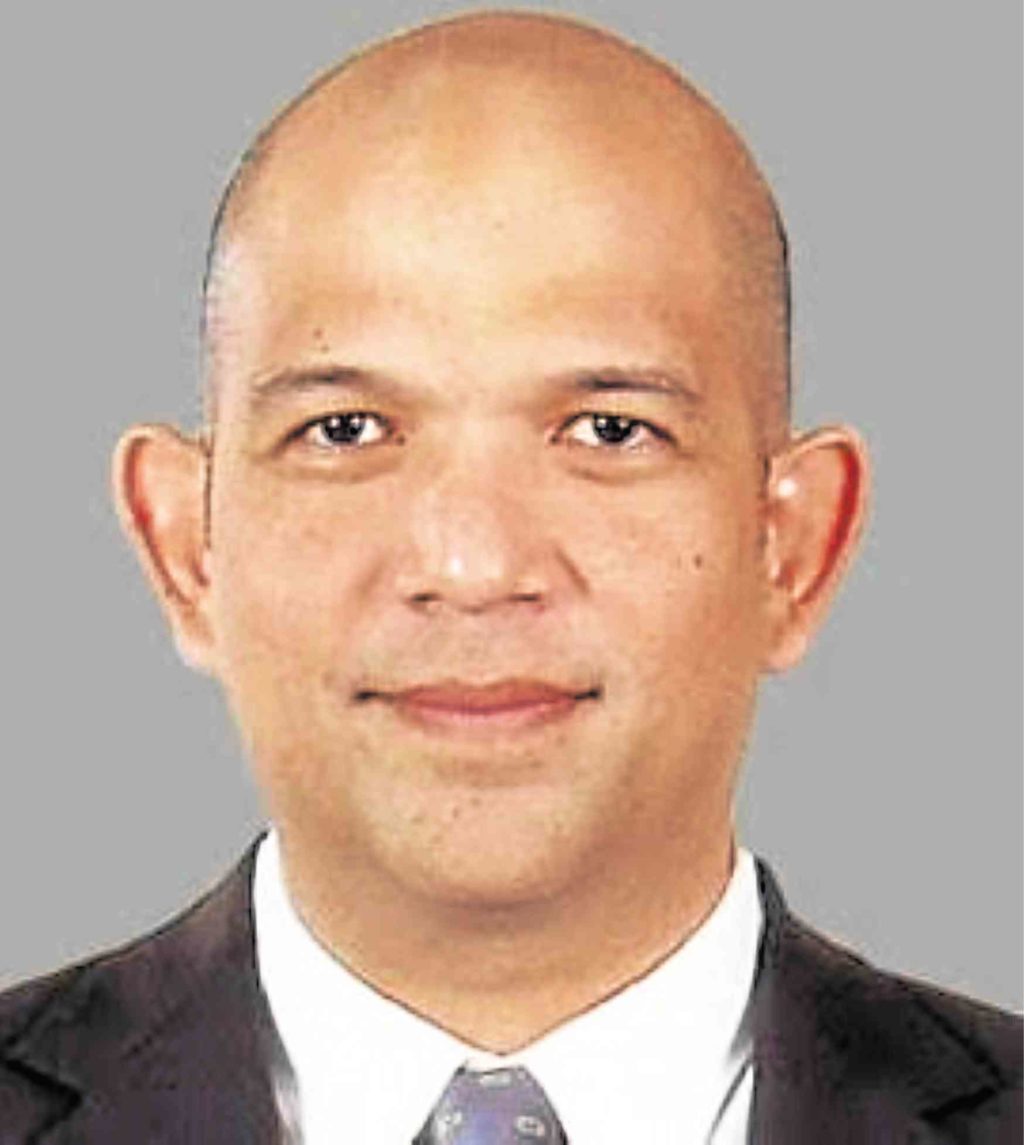Franchising 101 from a market heavyweight
Q1: Your 7-Eleven franchise package used to cost P3.5 million, then P1 million, now it’s at P300,000. What are the risks and rewards for the different packages? What is the insight behind the P300,000 package?
A1: To clarify, the P3.5-million package is still around and available for new stores. [The package] still makes up [the bulk] of our franchises. We call it the investor package, because it’s high risk but with a high return.
The lower risk, lower return industrial partner package has been replaced with the P300,000 to P500,000 package, depending on sales volume.
The idea is to make the business more affordable to franchisees willing to be managers of their own stores, where they are expected to report [to work] for a minimum of 40 hours a week.
To do that, we reexamined the entire package. Profits are tied closer to sales and directly controllable costs, and simple enough to calculate so that you know how much you made at the end of each day.
There is also greater downside protection: If you manage the store well as measured by our customer service metrics, you will earn money even if your sales drop—because, for example, a competitor opens up beside you. To reduce risk further, the package [covers] stores [that have been] open for a year or more.
Q2: What are the competencies, attitudes and behaviors of successful 7-Eleven franchisees?
A2: In the investor package, to be honest, a lot has to do with your choice of location for your new store. Emerging markets have a high degree of uncertainty because of their rapid evolution. That said, good management can make a good location twice as profitable.
For the industrial partner, we’ve done everything we can to reward good management rather than location choice.
For both though, someone with strong people management skills who work the stores on a daily basis always outperforms their locations. Convenience store staff members have to do multitasking more than typical service industry workers. Managers who can coach, control, and inspire their staff to serve the customer do well.
We prioritize those who have strong track records managing branch operations like in groceries, boutiques, or restaurants, etc.
Many of my friends have called about the P300,000 franchise when it came out in the papers, and I’ve had to tell them it likely wasn’t for them. It takes a lot of focus and dedication to be a full time store manager, and you really will have little time for anything else.
Q3: You allocate one truck for every five franchisees for daily delivery. How many delivery turns can these trucks do in a day?
A3: Those closest to the warehouse can sometimes manage a second trip, which we need especially during peak periods, but traffic is making [deliveries] increasingly difficult.
Q4: First mover and economies of scale are two of your biggest advantages. Looking at the industry landscape, can a mini-mart format (or those that price their products at the same level as supermarkets) outsmart your advantages?
A4: Anything is possible of course, but we look to other countries for what’s likely. What we see tells us that although the convenience and mini-mart formats nominally cater to different customers (say the end consumer and the housewife), one is dominant and the other struggles.
In Thailand, where 7-Eleven has 10,000 stores, mini-marts have not taken off despite determined efforts by successful large format players Tesco and Central. Meanwhile, in Indonesia, where Alfamart and Indomart have 12,000 stores each, 7-Eleven is closing its 150 stores.
That said, drugstores here have, in my opinion, already played the mini-mart role for decades, and we’ve managed to grow out of their shadow, so perhaps the Philippine market favors convenience stores.
Finally, the mini-mart format, even if successful, just isn’t as profitable: Alfamart Indonesia’s market [capital] is P1.6 billion, which is about the same as 7-Eleven Philippines. On the other hand, 7-Eleven Thailand’s market [capital] with fewer stores is P14 billion.
Q5: What trends are you seeing in convenience stores and franchising?
A5: As an operator matures, he tends to franchise more for talent (which becomes scarce the larger he gets) and less for capital (which becomes more abundant). —CONTRIBUTED















